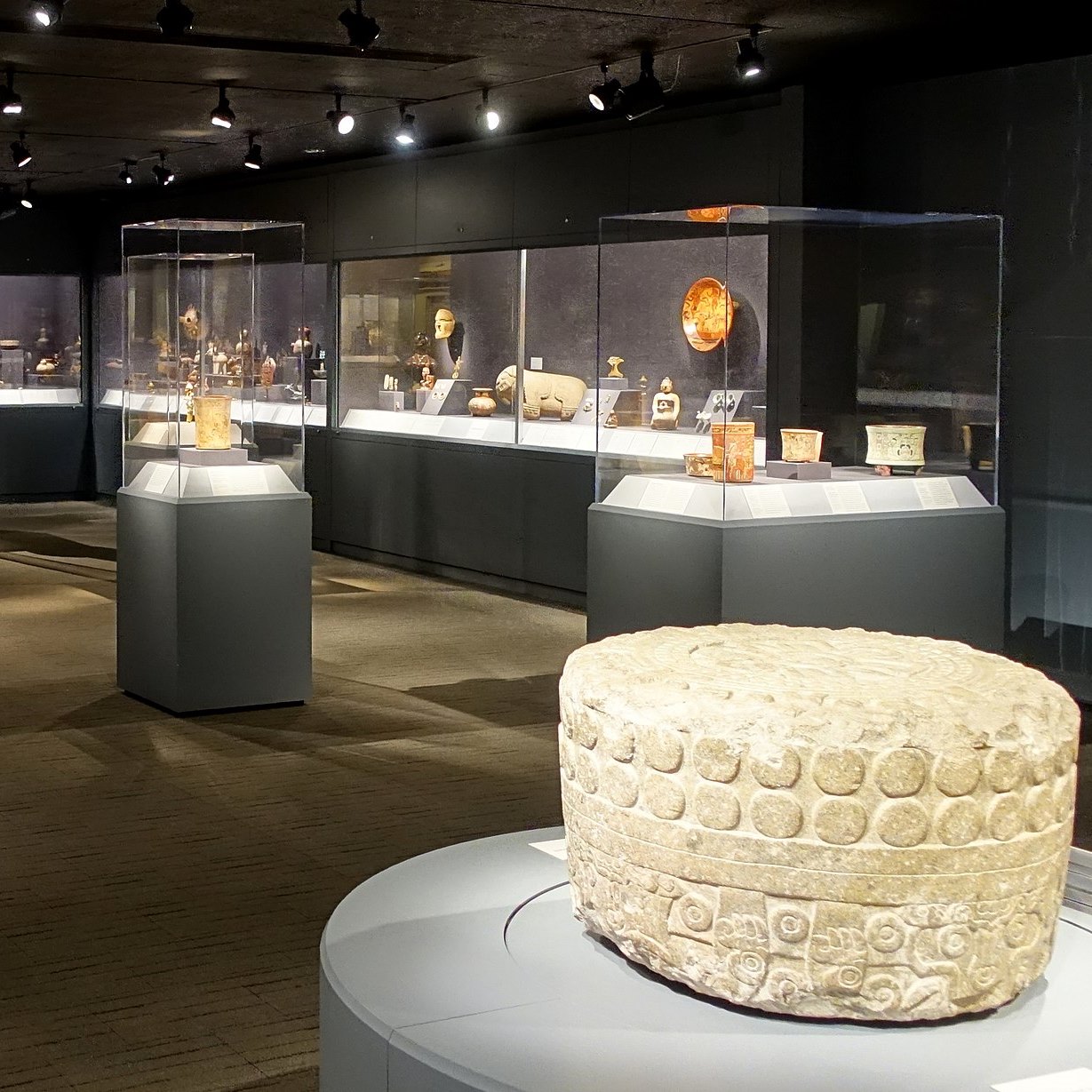The Princeton University Art Museum is located on the territory of one of the most respected research universities in the world. It has over 112,000 pieces in its collection, including fine art, ceramics, wood, textiles, and jewelry. The university resides in a building that is considered to be one of the oldest academic buildings in the United States. The history of collecting at Princeton University goes way back to the 18th century. Even after the first artifacts in the museum’s collection ceased to exist (they were either lost during the American Revolutionary War or destroyed in a fire), the university continued to pull its weight in the areas of education and enlightenment.
The collection of the Princeton University Art Museum started to grow after James McCosh, a philosopher from Scotland, began renovating the educational program at what was at the time known as the College of New Jersey. Among the many new subjects he added was the history of art, which could not be properly taught without an art collection available at hand.
As the college grew, so did the museum — it accumulated new exhibition items and departments, and even moved buildings. Thanks to Allan Marquand, who was an art history professor and a curator of the museum at the end of the 19th century, Princeton’s collection gained new objects, including archeological artifacts and fine art pieces.
One of the relatively new additions to the regular exposition of the Princeton University Art Museum is outdoor sculptures: they can be seen right next to the university campus. They were donated to the museum after World War II and became an important part of the university’s contemporary and modern art collections.
The Princeton University Art Museum: What Is It Like Now?
Nowadays, the Princeton University Art Museum’s collection features objects ranging in mediums, countries of origin, and historical periods. The museum is currently working on the digitalization of its collection to provide access to those objects that are not on view in the gallery space. Both the museum’s holdings and facilities keep constantly growing and expanding. The Princeton University Art Museum is currently working toward a more interdisciplinary approach to art history education. It is adding photographs and prints to the exhibition to contextualize the historical artifacts and works of art.
While the museum’s main building is closed, its other two galleries in downtown Princeton are available for visits. Art on Hulfish at 11 Hulfish Street is currently preparing to host a photography exhibition in May. Another gallery space of the museum is called Art@Bainbridge. It is located in a restored historical site — a colonial-era Bainbridge House — at 158 Nassau Street.
